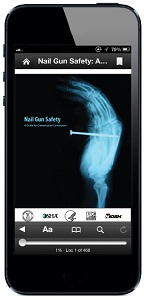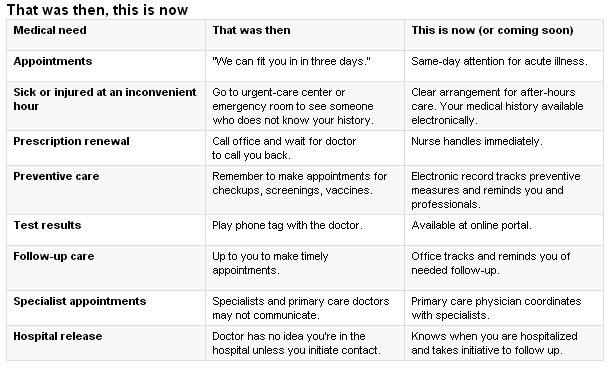 Nail gun injuries send more construction workers to the hospital than any other tool-related injury. Most injuries are punctured hands or fingers but in some cases the injuries are far more serious and can even lead to death.
Nail gun injuries send more construction workers to the hospital than any other tool-related injury. Most injuries are punctured hands or fingers but in some cases the injuries are far more serious and can even lead to death.
To prevent these type of injuries OSHA just created a new Nail Gun Safety web page and a complete guide on Nail Gun Safety that can be downloaded by construction workers directly to their mobile phones in English or in Spanish.
The new webpage offers great links to relevant content from the Center for Construction Research and Training (CPWR) and from the Centers for Disease Control and Prevention (CDC) as well as access to training, regulations and additional resources.
 New York Personal Injury Attorneys Blog
New York Personal Injury Attorneys Blog


 Our partner
Our partner  In their most recent column, New York Personal Injury Attorney
In their most recent column, New York Personal Injury Attorney  Source: ConsumerReports July 2013
Source: ConsumerReports July 2013